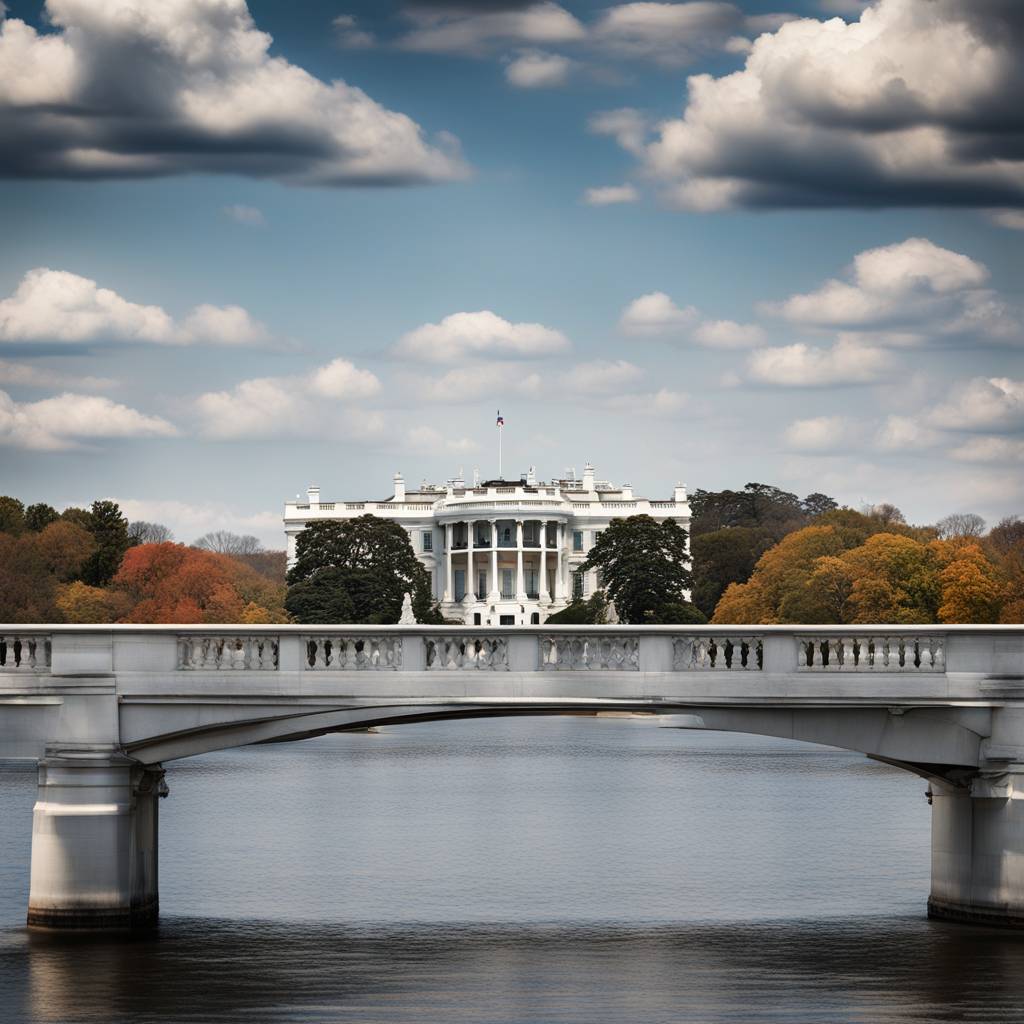Transportation Secretary Pete Buttigieg was preparing for a trip out west when a container ship collided with Baltimore’s Francis Scott Key Bridge, leading to its collapse. Buttigieg immediately began working with state and local officials, including Maryland Governor Wes Moore, to coordinate federal resources for search and rescue efforts and eventual rebuilding. White House officials, including President Joe Biden, were briefed on the situation and began reaching out to stakeholders in the affected area. The President pledged full federal support for the rebuild and visited the site to assess the response efforts and meet with families of the victims.
The Coast Guard established a unified command to manage salvage operations, securing resources such as a large crane barge to aid in the recovery efforts. Maryland requested $60 million in federal funding for the initial recovery phase, which was quickly approved by the Department of Transportation. Additional funding will be provided as needed to support the long-term rebuilding efforts, estimated to cost billions of dollars over several years. Federal and local officials have shifted from triage to ongoing coordination, with regular check-ins and processes in place to provide support to victim families through Immigration Services.
A daily briefing led by White House Deputy Chief of Staff Natalie Quillian helps to coordinate response efforts among federal agencies and officials, ensuring progress is made and goals are set for each day. The team includes political personalities like Buttigieg, Moore, Perez, and President Biden, who align on a common goal of assisting those impacted by the tragedy. Their shared party affiliation and overlapping policy agendas facilitate cooperation and communication in the midst of the crisis. Despite past electoral competition, these individuals have set aside personal differences to focus on governance and support for the affected community.
Although some see potential for future presidential bids from figures like Buttigieg and Moore, current efforts are focused on the immediate response and long-term recovery from the bridge collapse. The unity and collaboration demonstrated by federal and local officials in the aftermath of the tragedy have been instrumental in providing reassurance and support to the affected community. The commitment to addressing needs, providing funding, and ensuring ongoing communication highlights the importance of effective coordination and leadership in times of crisis. The response to the collapse will continue to evolve as recovery efforts progress and support is extended to those impacted by the event.


